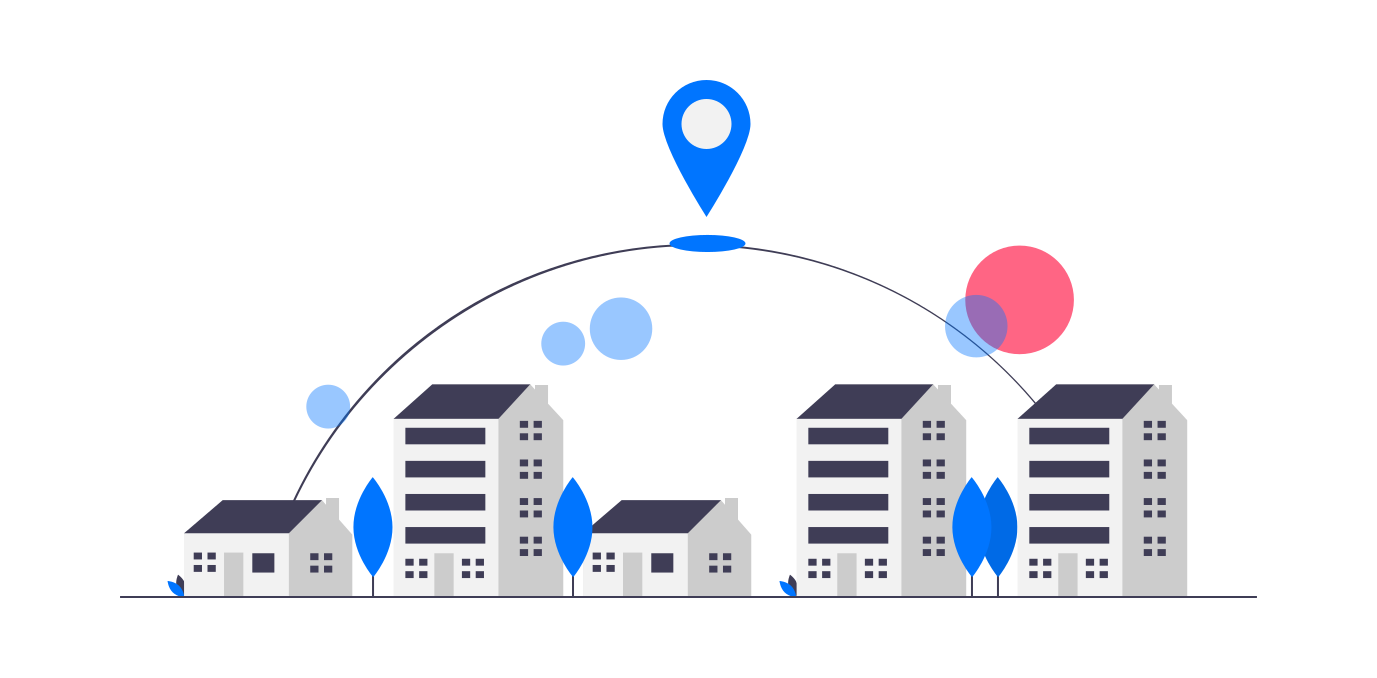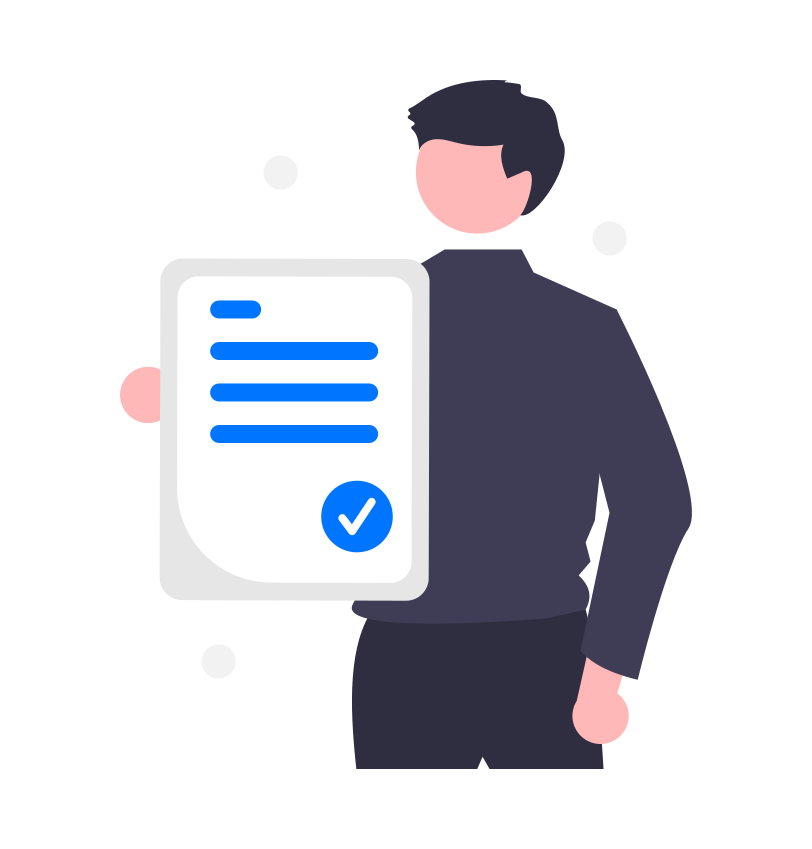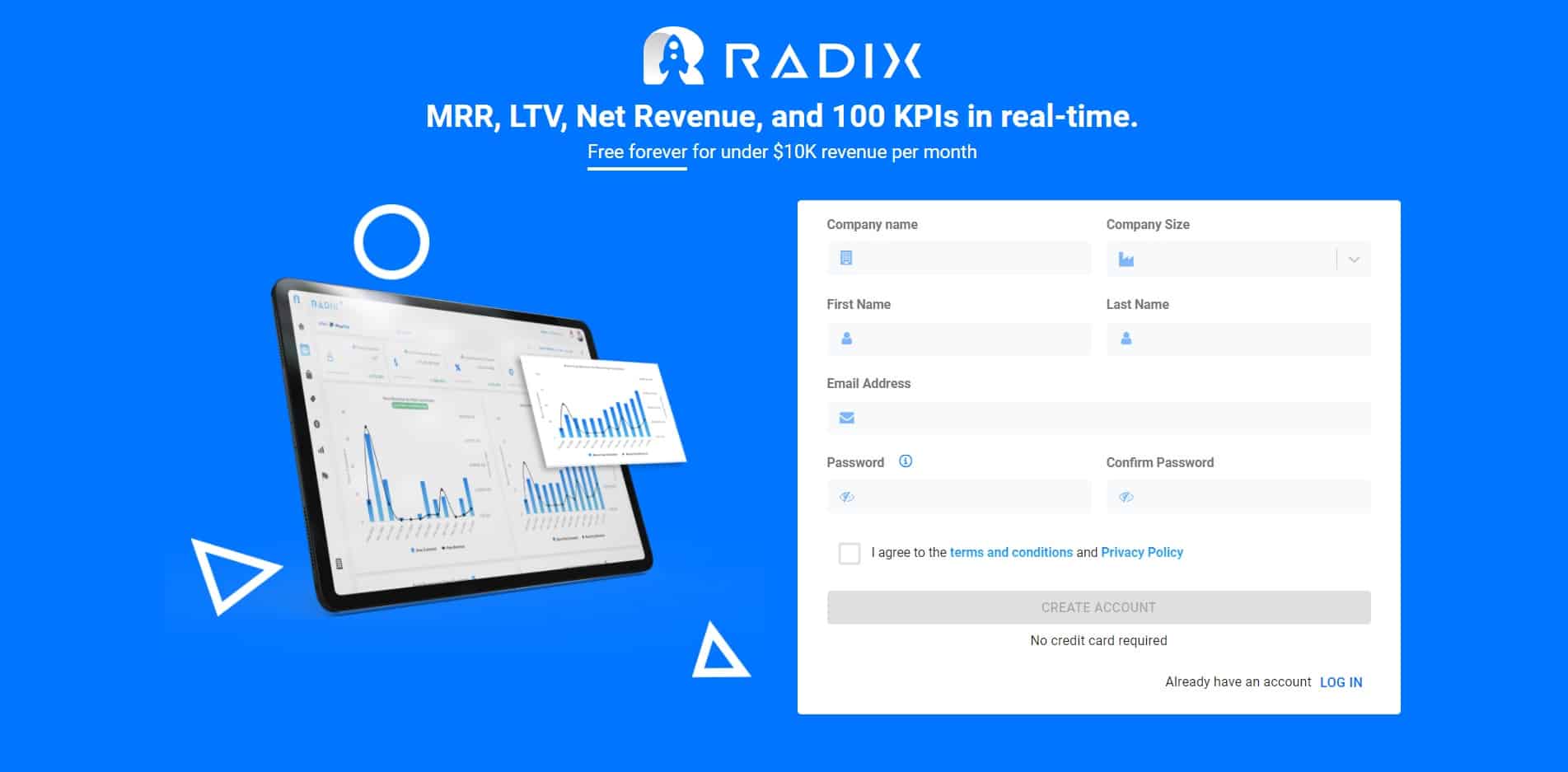Many companies that provide software as a service have been successful. The reason why they became so big is not just because they have an awesome product, but they know how to solve their customer’s problems. If you are one of those SaaS company owners, here’s what you need to know about creating an ideal customer profile.
A customer profile is a vital aspect for SaaS Business as it helps in understanding the audience and creating a product that can cater to their needs.
Find the Best Prospects by Identifying Your Best Customers
A SaaS Company must first identify its top clients before growing a prospect list.
Your target market is far too wide. Within this target market, there are segments or groups of potential customers that are appropriate for your company. This is the demographic that will select your product above the competition.
This ideal customer segment (or group of companies) within the market is defined by a set of characteristics. For example, a characteristic may be the industry in which the company works or the number of workers.
You describe the characteristics of your ideal business in an ICP (Ideal Customer Profile).

How do you determine the characteristics of your dream company?
First things first, you must have a customer base of at least 100 users. You identify your best current customers, the types of businesses with which you’re now thriving, so you can build on that success.
It’s all about what you’re already doing well. You determine who your best customers are so that you can target prospects who share similar features or attributes.
These are the eligible people or businesses that have the highest likelihood of buying your product and are the best fit for your company.

What Qualifies a Customers as a Good Fit for Your SaaS Company?
To begin, analyze your current customer base and then create a list of ideal, best-fit customers.
What makes a company a good fit for your business?
It’s not simply about who uses or buys your product. It’s all about the customers who are pleased, engaged, and find your product to be the most useful (or valuable), as well as the most profitable and simple to work with in the long term.
Here are some questions to ask yourself to help you figure out who your ideal customers are:
- Who has the most potential for growth?
- Chance of succeeding, Who has the best ratio?
- Who has the biggest ADS and LTV (Average Deal Size & Lifetime Value)?
- Who was the fastest to close?
Make a List of Your Best Customers and Look for Similarities between Them
Now that you know what elements make a company suitable for your business, build a list of your top customers and look for common characteristics among them.
Simply respond to the following question: “What do my top customers all have in common?”
Are most of our best companies 15–75 employees, or are they in a certain industry, such as transport, or do they use a specific piece of technology, such as Hubspot?
Don’t panic if you can’t uncover any patterns at first; as you acquire more data and develop a deeper understanding of your customers, similarities will emerge.
Make a list of as many characteristics as you can about these customers so you can target them more precisely.
Ask the following questions to define your Ideal Customer Prospect:
What are the common firmographic characteristics shared by these companies?
- Is there a similar number of staff at both companies?
- Are they in the same industry/sector, or are they in different ones?
- What is the geographical location of the company?
- Company Age: How long has the company been in operation?
- Annual Revenue: How much money do they make each year?
- Are they concentrating on the eCommerce or SaaS markets? What kind of clientele do they appeal to? Which is more important: b2c or b2b?
What Other Characteristics Do They Have in Common?
- Specific tech, Do they make use of any?
- Do they operate in decentralized teams?
- Do they intend to expand quickly?

Build a Buyer Persona for your SaaS Company
After you’ve created your ICP, you’ll need to create a buyer persona. The characteristics of the decision-maker in your dream company are described in a buyer persona.
A decision-maker is someone who decides whether or not to buy your product.
Because there may be more than one decision-maker involved in the buying process depending on the sales process, you may need to design many buyer personas.
Buyer Persona(s) are created by focusing on the similarities between the decision-makers in your ICP companies.
To define your buyer persona, ask the following questions:
What Demographic Characteristics Do They Have in Common?
- Is their age and gender the same?
- Is their personality type and educational level the same?
In your ICP companies, who made the purchasing decision?
- Do they all have the same job title?
- What is their level of seniority?
What are the current challenges for them?
- Why aren’t they achieving their objectives?
- What do they need to reach them?
What Does the Purchase Process Look Like for Them?
- Is the person making the choice a product user?
- Is your buyer persona capable of making a purchasing choice on her own? or
- Is there a need for numerous decision-makers to buy-in?
What are these people attempting to accomplish?
- At work, how are they evaluated?
- What are their objectives? (Both now and in the future)
To Wrap this up
A customer profile is an important component of SaaS company, regardless of subscription type. Having a clear picture of the ideal customer will help you and your sales team identify where prospects are in their sales cycle, and whether or not they’re really a good fit for your business. Plus, having an ideal customer base will help you better market to these potential customers and close deals faster.
With data analytics, a marketer can analyze the profile of their customers to know who they are and what are their preferences. With these data, SaaS marketers can create a marketing strategy around segments such as location, demographics, job titles, and more to better understand what values and needs customers have. The more you know about your customer and the more personal you make your marketing.
Radix is a highly intuitive tool to collect and analyze customer revenue data – it frees up time and resources because you no longer need to manually track orders and can devote more attention to your customers. The tool is easy to learn, which allows the new team members to start work with data immediately.
Sign Up Here to Start Your Free Trial

Read More:
What Is Customer Acquisition Cost (CAC)?
How to Effectively Convert Free Trial Users into Paying Customers in SaaS?





